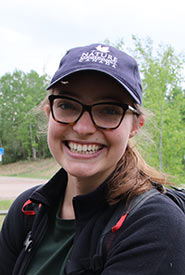Citizen science 101
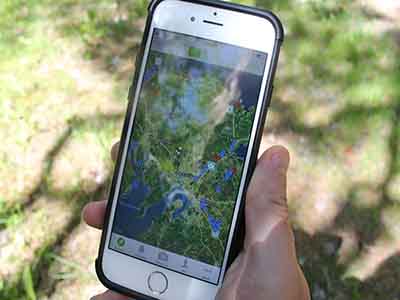
The Wildpaths maritimes project is a citizen science project that helps protect wildlife by using the iNaturalist app. (Photo by NCC)
Close your eyes and picture a scientist. What do you see? Lab coats, goggles and beakers of bubbling liquids? A perplexed set of eyes staring back at you through a window filled with complex equations beyond comprehension? Ask the internet and it will answer with images of pristine labs, fancy equipment and complicated chemistry. Well, I hate to break it to you but sometimes the good ol’ World Wide Web gets it wrong! Now close your eyes again and picture your friends, your neighbours, you. You can all be scientists!
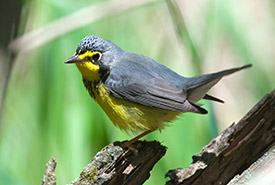
Canada warbler (Photo by Gerald Deboer)
With the rise in citizen science, anyone can contribute to the scientific community. Citizen science is the collection of scientific observations from the public about their surroundings. Whether it is a photo of a species you spotted, an audio recording of a bird call or quick pic of an animal track in the snow, observations can take many forms.
How does it work?
Observations are submitted to projects, often via online platforms, and passed onto professional scientists, who use the data in their research. To conduct research, scientists often require vast numbers of observations over a large area and timescale, and there simply isn’t enough time or resources to collect it all! By collecting data from the general population, scientists are able to access an immense volume of data that was previously impossible to obtain.
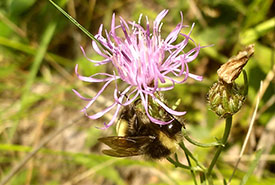
Yellow-banded bumble bee (Photo by Amanda Liczner)
Think of it as kind of a matchmaking service. You find yourself mesmerized by the busy bumble bees buzzing through your garden. So you take photos of your new friends and log on to Bumble Bee Watch, where you upload your photos and the location you found your busy buddies. In a few weeks’ time, an expert will go through your observations and update the species of bee on the website. The bee records will remain in the system forever. When a researcher decides they are going to study the distribution of bee populations, they can visit Bumble Bee Watch and extract data about where and when the petite pollinators have been spotted. This allows the researcher to use data from a large geographic range and access observations that were made before the observer even knew the difference between a honey bee and a bumble bee.
So what does this all mean?
Well, anyone can help to contribute to a project they’re passionate about, and often you don’t have to be an expert to help. Making an observation can be as simple as snapping a photo of a subject, recording your location and submitting it online. From there, experts will identify the species observed and use your observation as a part of larger research.
How to get started with a citizen science project
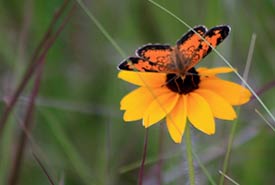
Northern crescent butterfly (Photo by NCC)
To get started, find a topic you are interested in. If you like birds, check out eBird, the world’s largest platform to share bird observations. Are butterflies more your thing? eButterfly documents butterfly biodiversity around the world. Can’t decide on your favourite species? iNaturalist collects observations of all types of nature. If you’re not drawn to any of these topics, don’t fret. There are thousands of projects out there. With a little bit of research I’m sure you will find a topic that speaks to you.
Once you’ve found a study you feel passionate about, check the requirements for observations and start contributing! Depending on the study, observations can be made anywhere — from your backyard to the backcountry.
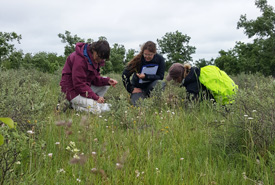
Alvar bioblitz participants (Photo by NCC)
If you are in need of a kickstart on your journey to becoming a citizen scientist, take a look at the Nature Conservancy of Canada’s Conservation Volunteers events. We often host species inventories, where volunteers help record observations. These observations are kept as an internal record and submitted to appropriate citizen science platforms.
Hannah's internship is funded in part by the United Nations of Canada.

